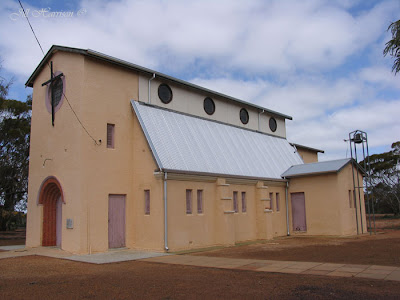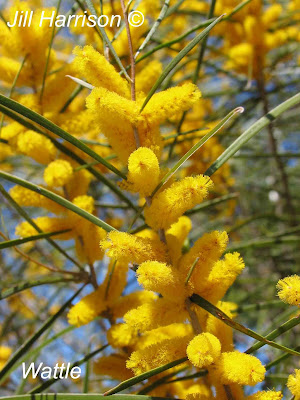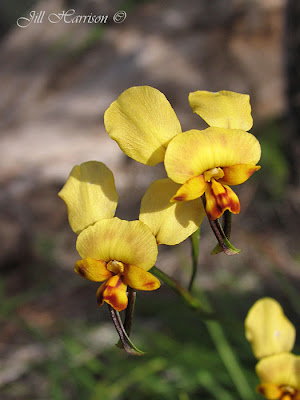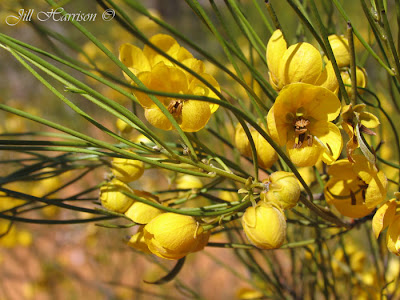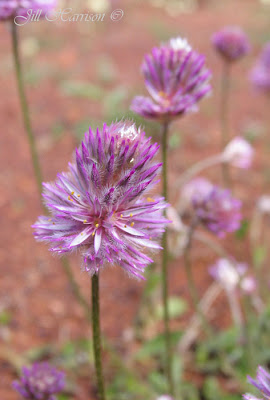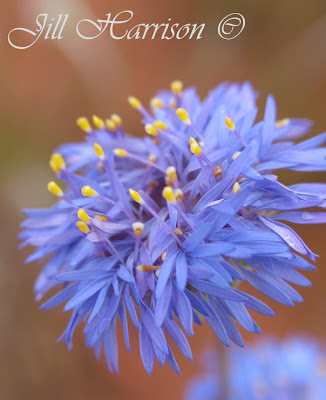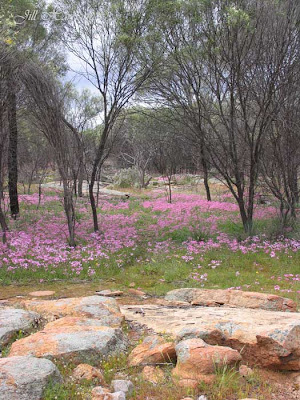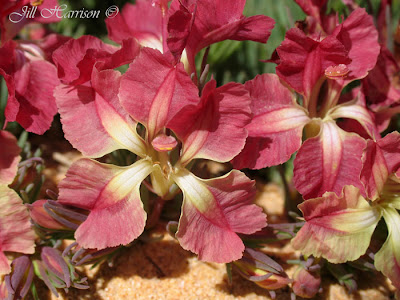This week we official cross over into the "outback"
After visiting the Perenjori tourist bureau for a wildflower update, we continue north to Morawa. From here you can take the gravel Morawa-Yalgoo Road to Yalgoo or continue north on the bitumen to Mullewa.
We head towards Yalgoo and passing a sign which proudly announces we are now in “The Outback”, we enter station country, where yellow Silver Cassia, Grevilleas, Wattles and everlastings flower in bright contrast against the dark red dirt. In this photo you can see the road running straight ahead into the distance and the white everlastings lining the road.
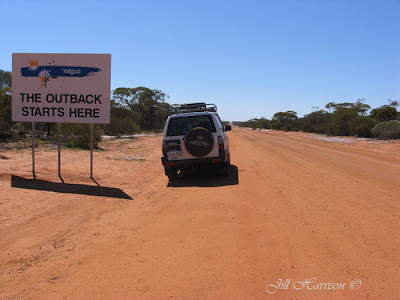 |
| From Life Images by Jill |
Yalgoo, which is part of the Wool Wagon Pathway and the Miner’s Pathway, two of the Gascoyne Murchison Outback Pathways historic routes, was settled by prospectors in the early 1890’s. Many old mine sites and relics can be explored in the area, including Jokers Tunnel, a tunnel carved through solid rock by early gold prospectors. Rich in gold mining heritage, little remains of this once thriving town.
This is a photo of Yalgoo's entrance statement.
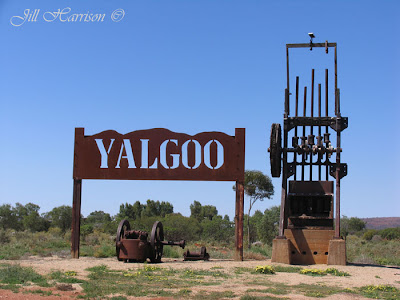 |
| From Life Images by Jill |
Yalgoo has a number of historic buildings including the tiny Dominican Chapel of St Hyacinth, which Monsignor John Hawes built for the Dominican Sisters in 1920 when he brought them to Yalgoo to run the school.
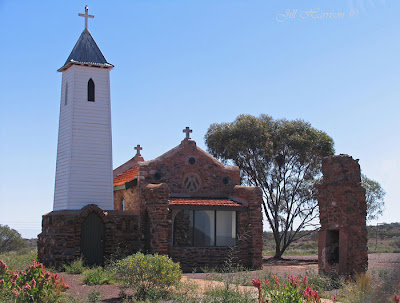 |
| From Life Images by Jill |
Remains of an old station homestead. Do you like the framing I've done in this photo?
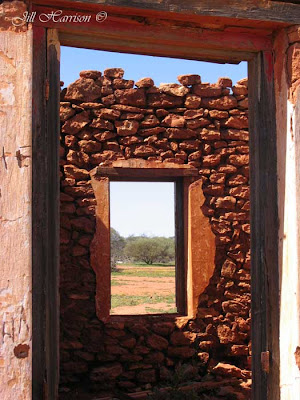 |
| From Life Images by Jill |
I just love the north. The southern forests are so beautiful, but there is something special about that red dirt and the wide open spaces of the Pilbara and Kimberley.
I often think what a lonely life it must have been for those first settlers in the desolate outback. My grandmother included, who was taken out into the bush and expected to raise children in a hut with a dirt floor while my grandfather was away a lot of the time.
To get the most out of any wildflower drive, you should stop the car on the roadside verges or nature reserves and walk into the bush, as it gives you the opportunity to find flowers you won’t see travelling along the highway. Even areas which appear arid at first glance can reveal hidden treasures. We would have never seen the “Dainty Blue Orchid” (photo below) which we had never seen before if we hadn’t ventured off the road. Many flowers are more exquisite close up, and different soil types will produce different plant varieties. It is a good idea to photograph the flower, leaves and environment, or take notes, to assist with identification in a wildflower book later.
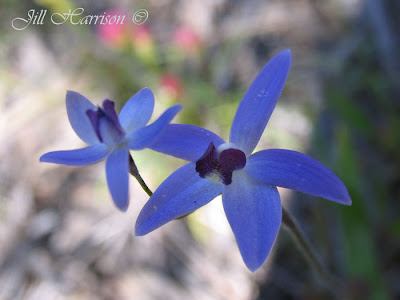 |
| From Wildflowers |
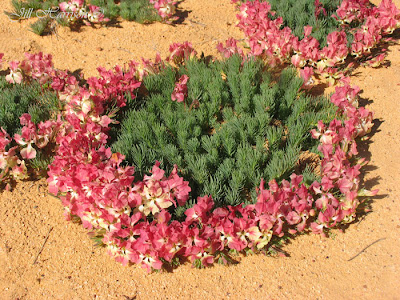 |
| From Wildflowers |
Back on the main road we continue to Mullewa, home of the greatest number of Monsignor Hawes’ religious buildings. The Church of Our Lady of Mount Carmel and the Holy Apostles St Peter and St Paul were built in the style of a Romanesque church typical of Italian or Spanish village churches. You can also visit the former home of Monsignor Hawes, now the Priest House museum.
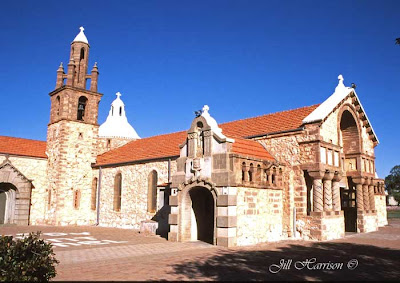 |
| From Life Images by Jill |



